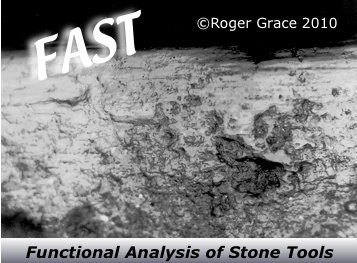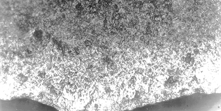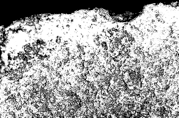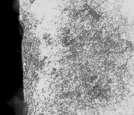
Functional Analysis can be carried out at two levels.
Low power which can produce general categories of function of a lithic assemblage, which enables a site level interpretation such as extended occupation site, hunting camp, specialised activity site etc.
The more time consuming High power analysis provides a precise interpretation of each tool, i.e. scraping hide, butchering tools, fish processing, wood working etc.
Either of these can be used in conjunction with spatial analysis to identify activities within a site.
see podcast on low power see podcast on high power
The analysis of stone tools using microscopy in order to interpret the function of the tools. This method involves the examination of the morphology of the tool, edge fractures caused by use (use wear) and the alteration of the stone surface caused by use, known as use wear polish. This method of analysis involves experimentation by making and using replicas of stone tools in order to record the use-wear from known functions. This wear can then be compared with that found on archaeological material.




A new approach which standardizes the methodology of analysis has been developed. This method involves the systematic recording of the functionally diagnostic attributes of a tool. These attributes are described using a standard vocabulary and the descriptions can be replicated enabling different analysts to describe the same tools in similar ways.
Correlations between the variables then allow the analyst to eliminate some of the possible functions of a tool until the most probable function is isolated. In some cases the elimination of possible functions leaves only one that is consistent with all the wear traces on the tool.
This involves looking at a number of variables including information on the morphology of the worked edges, edge fractures and rounding and polish in terms of its distribution and development.
Matching of archeological use wear with experimental use wear is based on experience but recent developments in the use of expert systems, has made this process more objective which means that functional reconstructions which include the specific material the tool was used to work can be made with some confidence.
Use wear is not used simply to produce a list of tool functions but to approach such questions of subsistence strategy and spatial arrangements of activity areas on a site. This in turn can be used to examine social behavior.